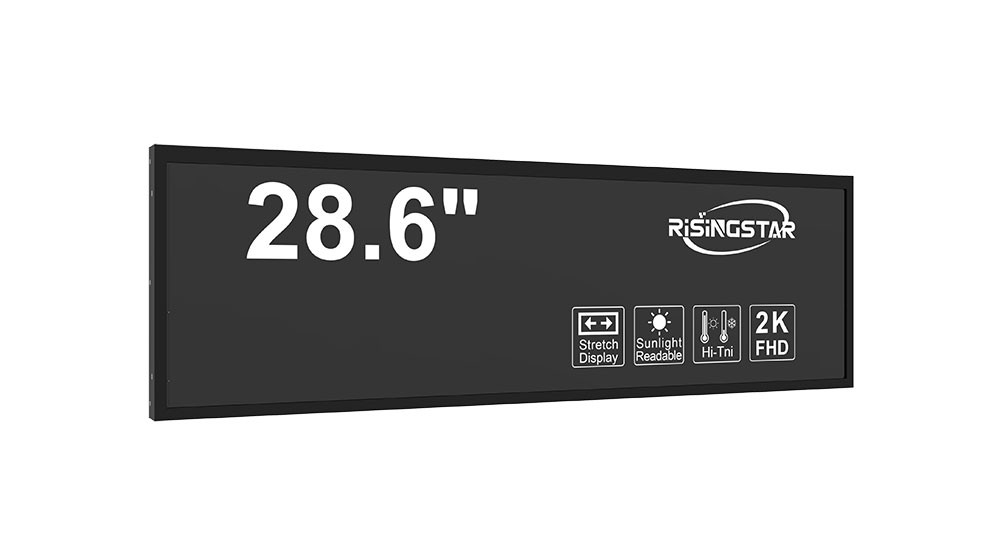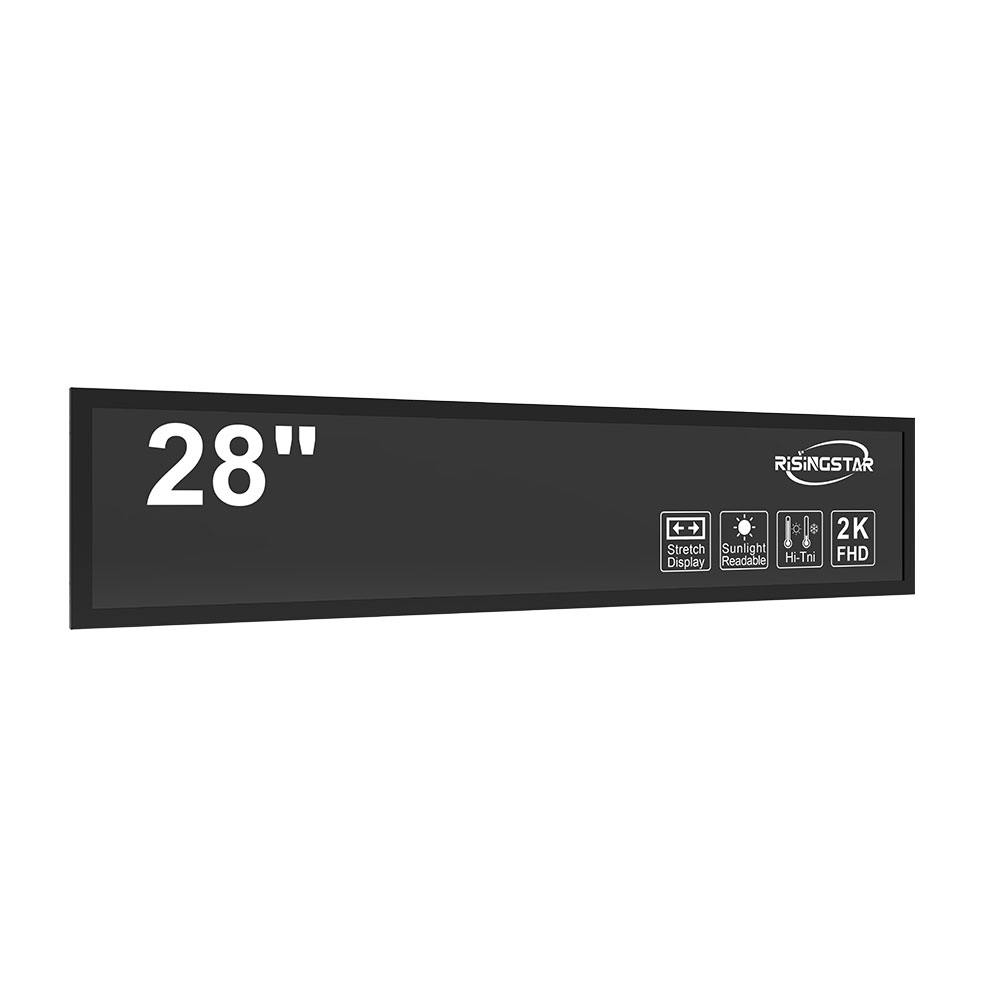
Privacy statement: Your privacy is very important to Us. Our company promises not to disclose your personal information to any external company without your explicit permission.
When selecting an outdoor LCD screen for commercial, public, or industrial use, it's essential to prioritize both visibility under varying lighting conditions and long-term durability against environmental stressors. Unlike indoor displays, outdoor screens must perform reliably in direct sunlight, temperature extremes, humidity, and even wind-driven debris. According to the Society for Information Display (SID), ambient light levels can exceed 10,000 lux in full daylight—requiring a brightness level of at least 5,000 nits for legible content.
First, assess the screen’s brightness output. High-brightness panels with LED backlighting typically offer 3,000–7,000 nits, making them ideal for sunny environments. For example, a 5,000-nit screen ensures clear visibility even during peak solar hours without compromising energy efficiency. Next, consider the display’s viewing angle and color accuracy. A wide viewing angle (at least 178°) ensures consistent image quality from multiple perspectives—an essential factor in crowded urban spaces like transit hubs or retail plazas.
Durability is equally critical. Look for IP65 or higher ratings for dust and water resistance. This means the unit can withstand rain, splashing water, and airborne particles common in coastal or industrial zones. Additionally, thermal management systems—such as passive heat sinks or active cooling fans—are crucial for preventing overheating in summer heat (up to 60°C). Case studies from companies like LG and Samsung show that outdoor units with built-in temperature sensors and automatic brightness adjustment reduce failure rates by up to 40%.

Installation considerations matter too. Ruggedized enclosures, anti-theft mounting brackets, and vandal-resistant glass further enhance longevity. In high-traffic areas like stadiums or airports, these features protect investment while minimizing maintenance costs. Finally, ensure compatibility with remote management tools—cloud-based software allows real-time monitoring, content updates, and predictive diagnostics, increasing operational efficiency.

By prioritizing brightness, environmental resilience, viewing performance, and smart integration, businesses can deploy outdoor LCD screens that deliver value for over a decade—without costly downtime or replacement.
Email to this supplier

Privacy statement: Your privacy is very important to Us. Our company promises not to disclose your personal information to any external company without your explicit permission.